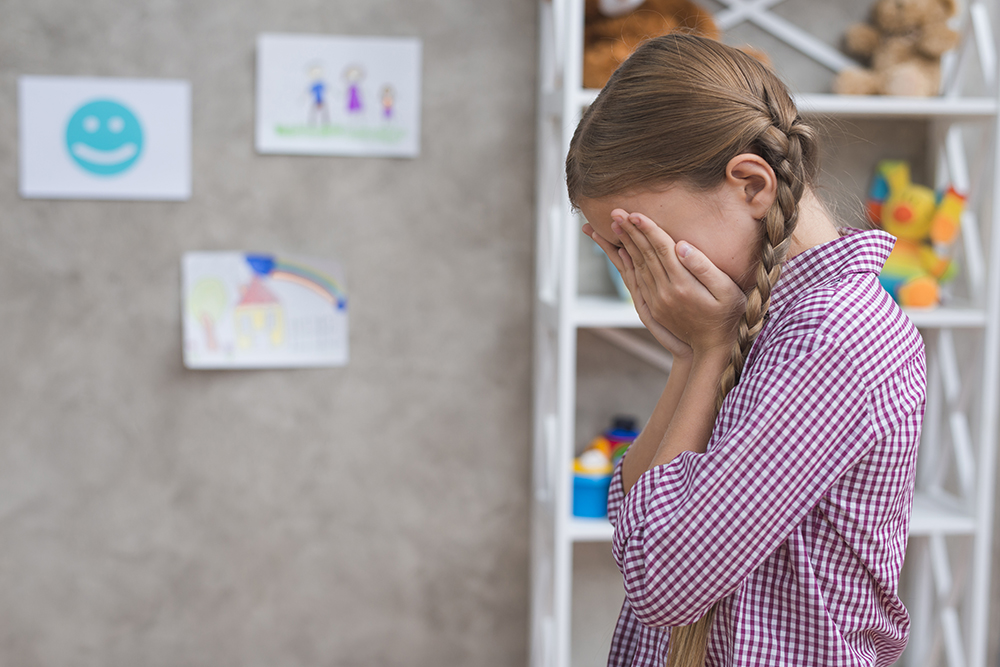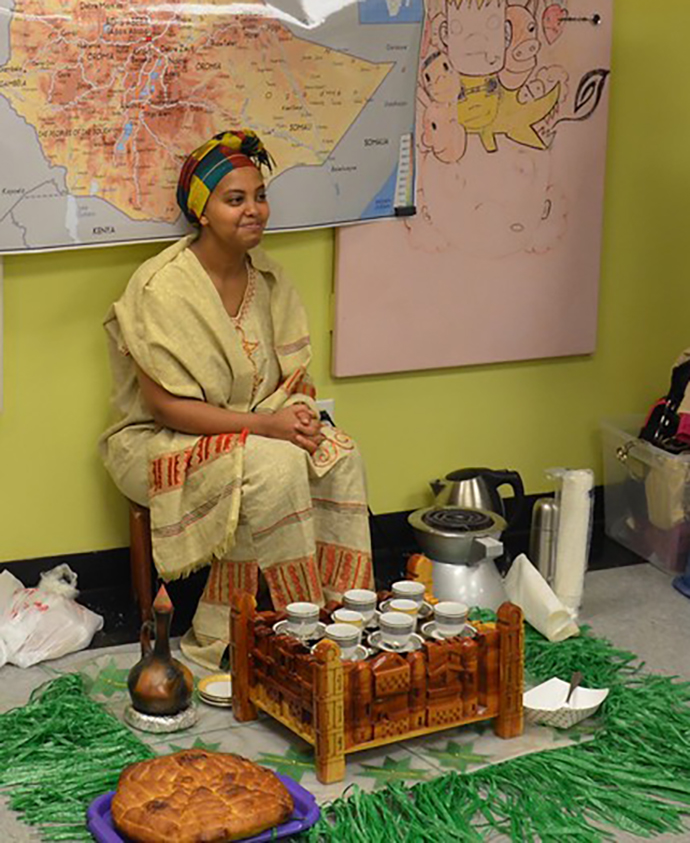
Building Resiliency in Children
Written by: Jenn Vanetten
Children may experience obstacles and stressors that are difficult to overcome. Test failure, bullying, loss or incarceration of a friend or family member or divorcing parents may be a few of the hardships that they could face. Although such adverse events are a negative life experience, they also provide opportunities for children to build the skills – or resiliency – they will need to bounce back from hard times.
What is Resiliency
Resiliency develops in individuals as they learn to work through challenges and cope with life stress in a healthy manner; it is the ability to recover after times of difficult adjustment, painful losses or failures. Resilience is not a trait that individuals either do or do not have. It develops through experience.
What Does Resiliency in Children Look Like?
• Children that are more resilient may persist to improve at an art or sport, while less resilient children may give up an activity when it is not going well.
• More resilient children may earn a low grade on a test and work harder to understand the content while less resilient children may give up on learning the content.
• More resilient children may handle the loss of a loved one by grieving with family members, whereas less resilient children may isolate themselves and fall into deep sadness.
Why is Resiliency Important?
Helping a child to develop resiliency earlier in their development will help them overcome obstacles and achieve their goals.
Children with greater resiliency are more likely to:
• Succeed academically
• Develop and maintain healthy relationships with peers and family
• Identify activities that bring enjoyment
• Overcome feelings of frustration and sadness
How can Adults Foster Resiliency in Children?
• Allow room for mistakes
When a child is struggling to complete a task, it may seem easier to do it for them. Instead, let them attempt to do it on their own and praise their efforts rather than the completion of the task. This will help them to focus on the positive elements of difficult experiences.
• Encourage independence
When a child falls down, make sure they are okay and then encourage them to pick themselves up. Soothe them if needed. Independence enhances a child’s confidence in their ability to overcome difficult experiences.
• Show gratitude
Consistently expressing emotions such as love and gratitude can help children to develop positive feelings toward others and life experiences. Children should be praised more often than they are criticized.
• Express all emotions
It is essential for children to learn how to label and express all emotions so they are better able to communicate how they feel in difficult times. It may be helpful to explain your feelings verbally to your child as well as your process for recovering emotionally.
• Model a healthy lifestyle
Healthy eating habits, regular exercise and a good sleep routine all help fuel the body for being resilient in difficult times. Help children to develop healthy habits!
For more ideas on how to foster resilience in children:
The Seven Ingredients of Resilience: Information for Parents
https://bit.ly/2xnjb1F


